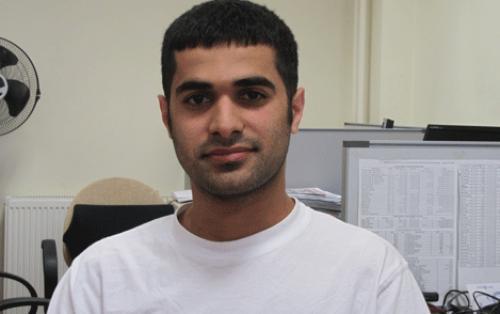
The idea that electronic devices could provide energy through our clothes seems to be of a different realm. But this is not fiction, it is the newest invention of engineers at the prestigious Massachusetts Institute of Technology (MIT) in the United States.
This phenomenal device is the world’s longest rechargeable flexible lithium-ion fiber battery that could be woven into fabrics.
When you learn that one of the co-authors of the project is a fellow Azerbaijani scientist named Tural Khudiyev the future seems even closer.
Born in Baku, Tural Khudiyev graduated from the Faculty of Atomic Energy Engineering at Hacettepe University in Turkey.
He then continued his doctoral studies at the National Nanotechnology Research Center of Bilkent University. Khudiyev, who is currently pursuing post-doctoral studies at the Massachusetts Institute of Technology, is also an associate professor at the National University of Singapore.
The Azerbaijani specialist participated in the development and implementation of the project together with colleagues from the MTI.
According to him, the 140-meter fiber produced so far has a storage capacity of 123 milliampere-hours, which is enough to charge smartwatches or phones. The thickness of the fiber device is only a few hundred microns, which is thinner than previous samples.
Team members have previously demonstrated battery fibers that contain various electronic components, including light-emitting diodes (LEDs), photosensors, communications, and digital systems.
The battery could enable a wide variety of wearable electronic devices, and might even be used to make 3D-printed batteries in virtually any shape.
As MIT reports, the researchers envision new possibilities for self-powered communications, sensing, and computational devices that could be worn like ordinary clothing, as well as devices whose batteries could also double as structural parts.
Touch and water-resistant, the battery is designed to provide power to fiber-based electronic devices and sensors.
By Sabina Mammadli
 Oval Useful news from Azerbaijan and Caucasus
Oval Useful news from Azerbaijan and Caucasus


